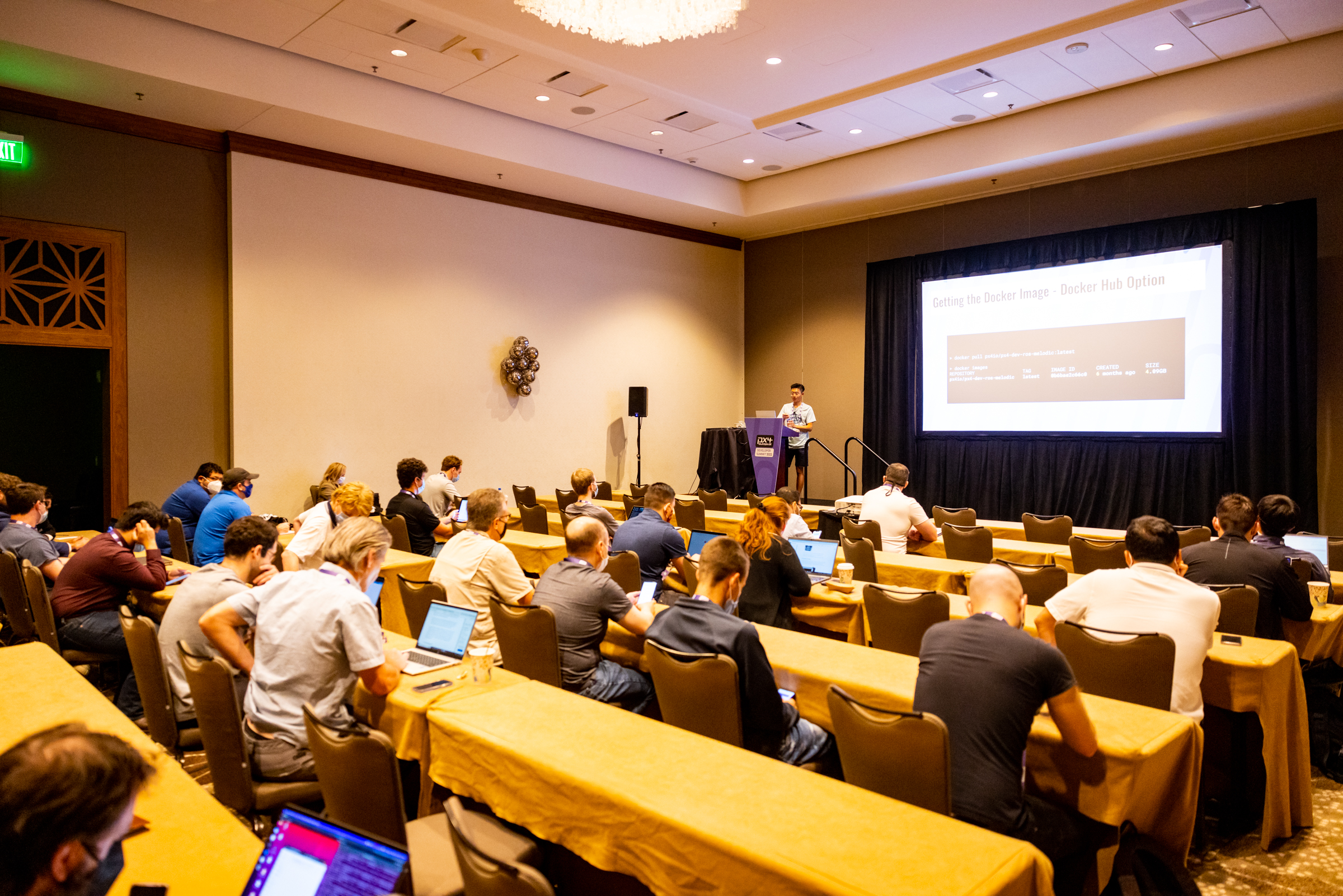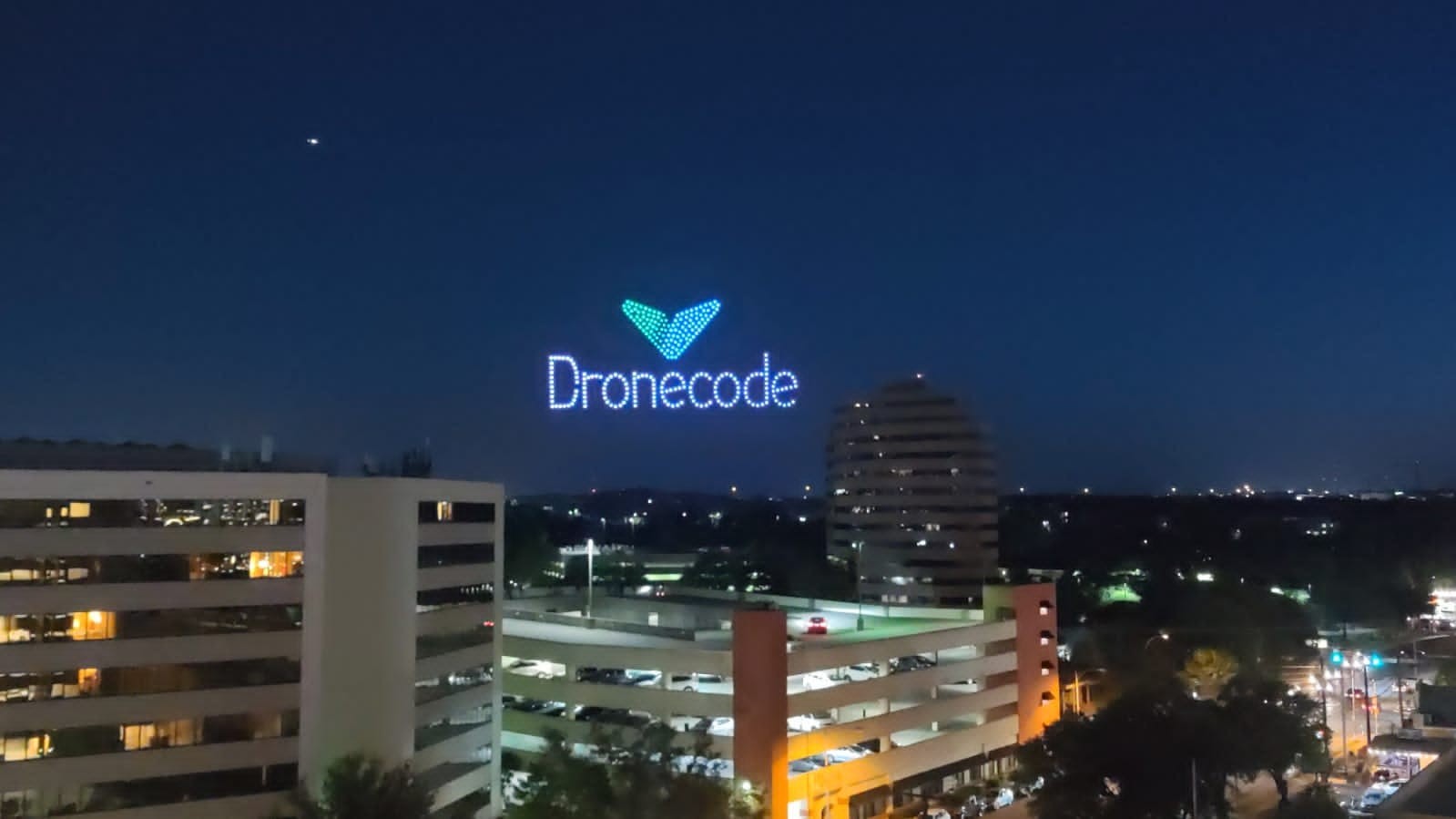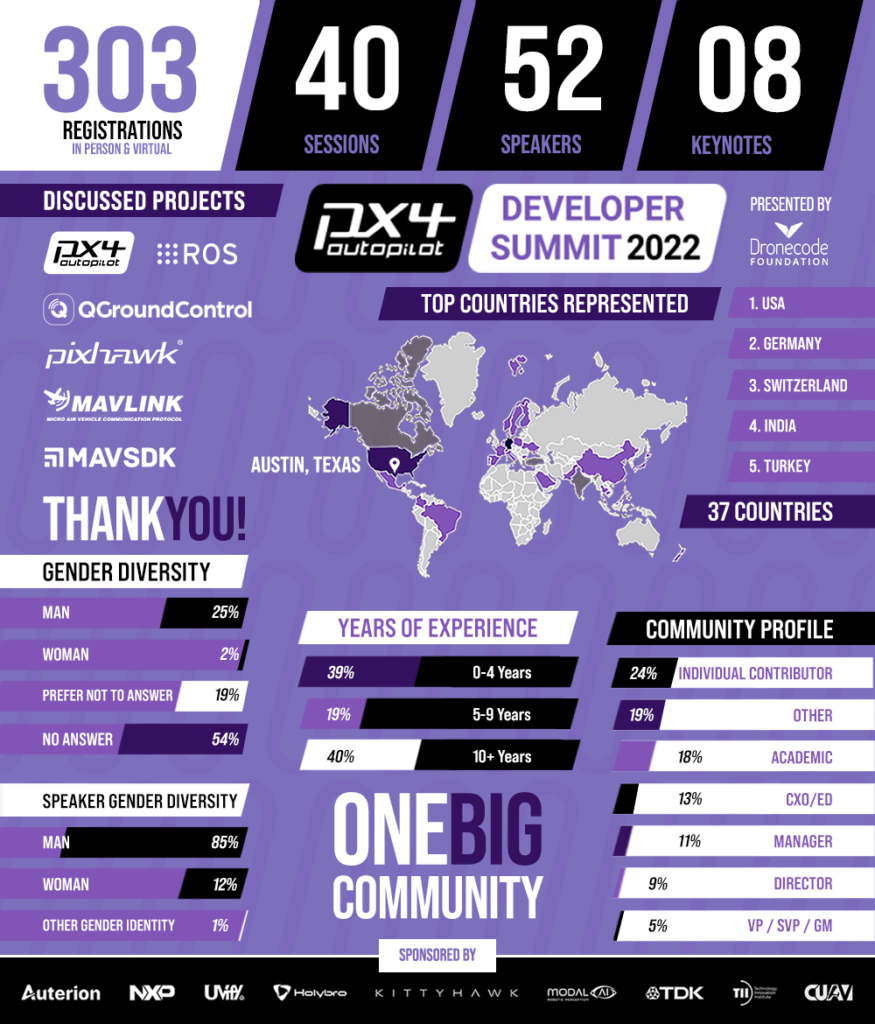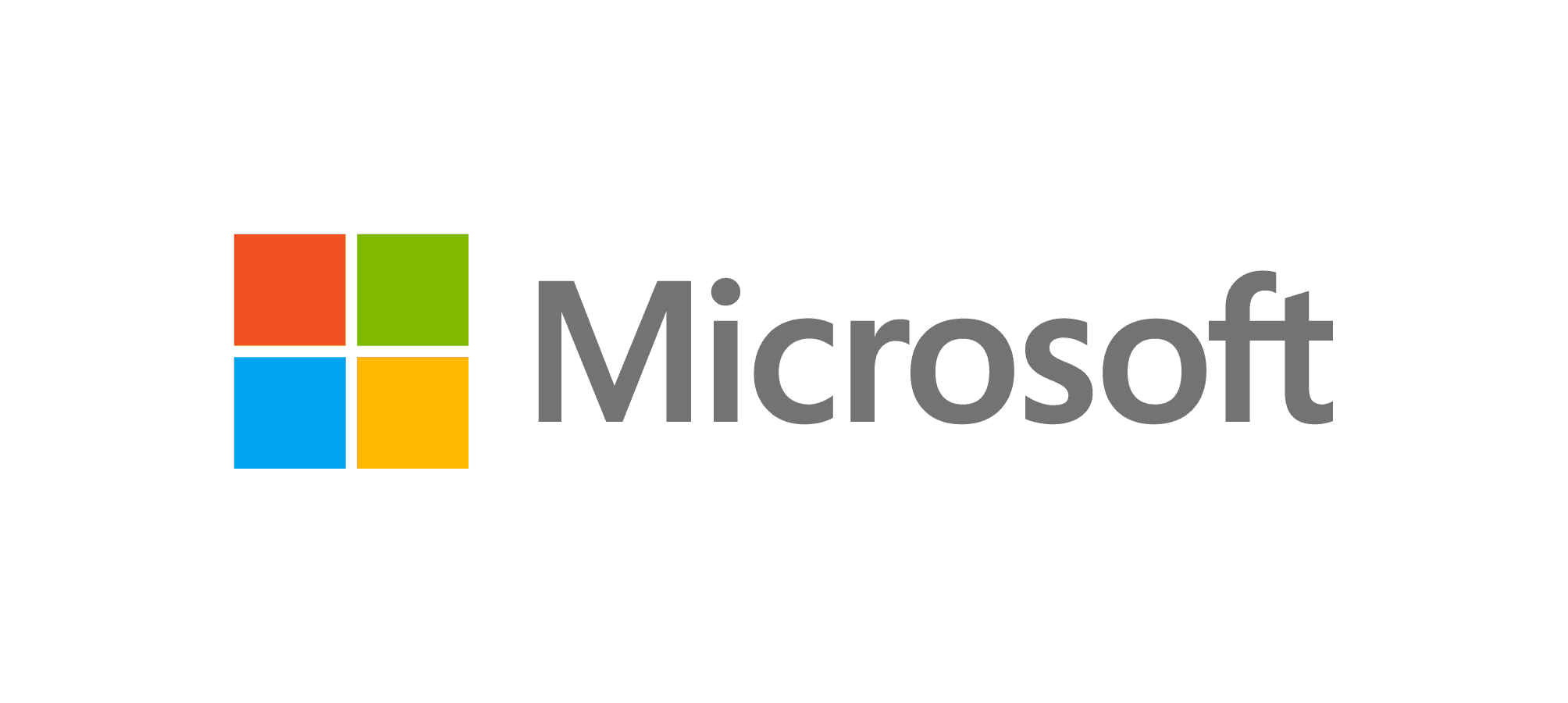It all started back in 2011 with the birth of PX4, an open-source flight control software for drones and other unmanned vehicles. It was developed by a team of engineers at ETH Zurich, a Swiss university, and quickly gained popularity in the drone community.
Fast forward a few years to 2014, and the Dronecode Foundation was created. It’s an independent, non-profit organization that aims to promote and develop open-source projects for drones and other unmanned vehicles. The Foundation is made up of a community of developers, manufacturers, and users who all share a common goal of advancing drone technology.
One of the key milestones for the Dronecode Foundation came in 2019 when MAVSDK was moved under the MAVLink project. MAVSDK is a set of libraries and tools for developers to create applications for drones, while MAVLink is a messaging protocol that allows different components of a drone system to communicate with each other. Bringing these two projects under one umbrella has made it easier for developers to create powerful, integrated drone applications.
In 2021, the Dronecode Foundation launched multiple Pixhawk Standards, including the Payload Bus Standard. This is a new standard that defines how payload modules can be connected to a drone’s flight controller. It’s a big step forward in the world of drone payloads, as it allows for more flexibility and interoperability between different payload modules.
And finally, as of 2022, the Dronecode Foundation has over 33 participating members and is still growing. This community of developers, manufacturers, and users is dedicated to advancing the state of the art in drone technology, and the foundation has become an important hub for open-source drone projects.
From the birth of PX4 to the launch of the unified Pixhawk Standards, this community has made some major strides in advancing drone technology. Who knows what the future holds, but one thing’s for sure: the Dronecode Foundation will be at the forefront of it all.
2011: Birth of PX4
2014: Dronecode Foundation creation
2019: MAVSDK now under MAVLink project
2021: Launch of Pixhawk Standards: Payload Bus Standard, FMUv5X
2022: Dronecode Foundation has over 33 participating members and growing


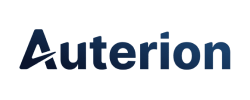
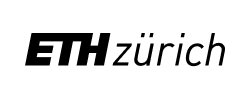
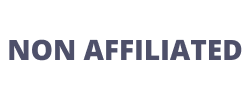









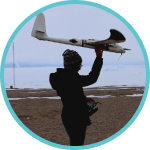
 All of the metrics in this report are publicly available on
All of the metrics in this report are publicly available on 